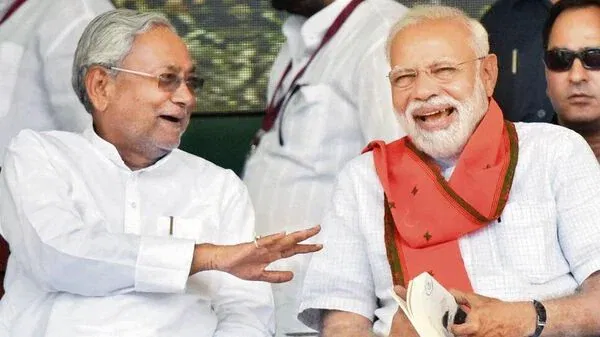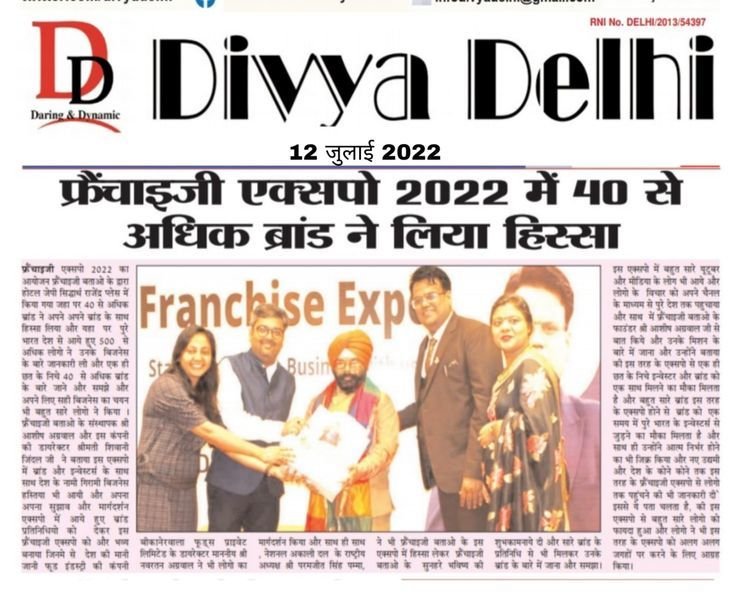
Divya Delhi: At the state's election later this year, Bihar Chief Minister Nitish Kumar may take the guard one last time. Kumar, a great political schemer, has swung between hard-core Socialist caste politics and soft Hindutva. Kumar's government has maintained a progressive image for 25 years, whether with the left-of-centre conundrum or right-of-centre BJP. He ran with the BJP five times (2000, February 2005, November 2010 and 2020), yet he always appeared to distance himself from its Hindutva agenda. This ‘distance’ allowed him to leave the BJP and form an electoral alliance with the RJD and Congress in 2015, winning the election. He later eloped with the mandate and founded a BJP administration. He left the BJP after winning the 2020 elections and forming a government with RJD-Congress, only to return to his first suitor. However, this time around, Kumar appears to be more right-of-center (how firmly only time will tell). Over the past year, Janata Dal (United) has supported the Centre on the critical Waqf (Amendment) Bill and the government's diplomatic efforts post-Operation Sindoor.
- Education(148)
- India(771)
- Entertainment(399)
- Sports(272)
- Business(226)
- Bollywood Hollywood(95)
- International(196)
- Life & Style(91)
- Opinion(139)
- Educational(5)
- Crime(7)
- Technical(6)
- World(18)


